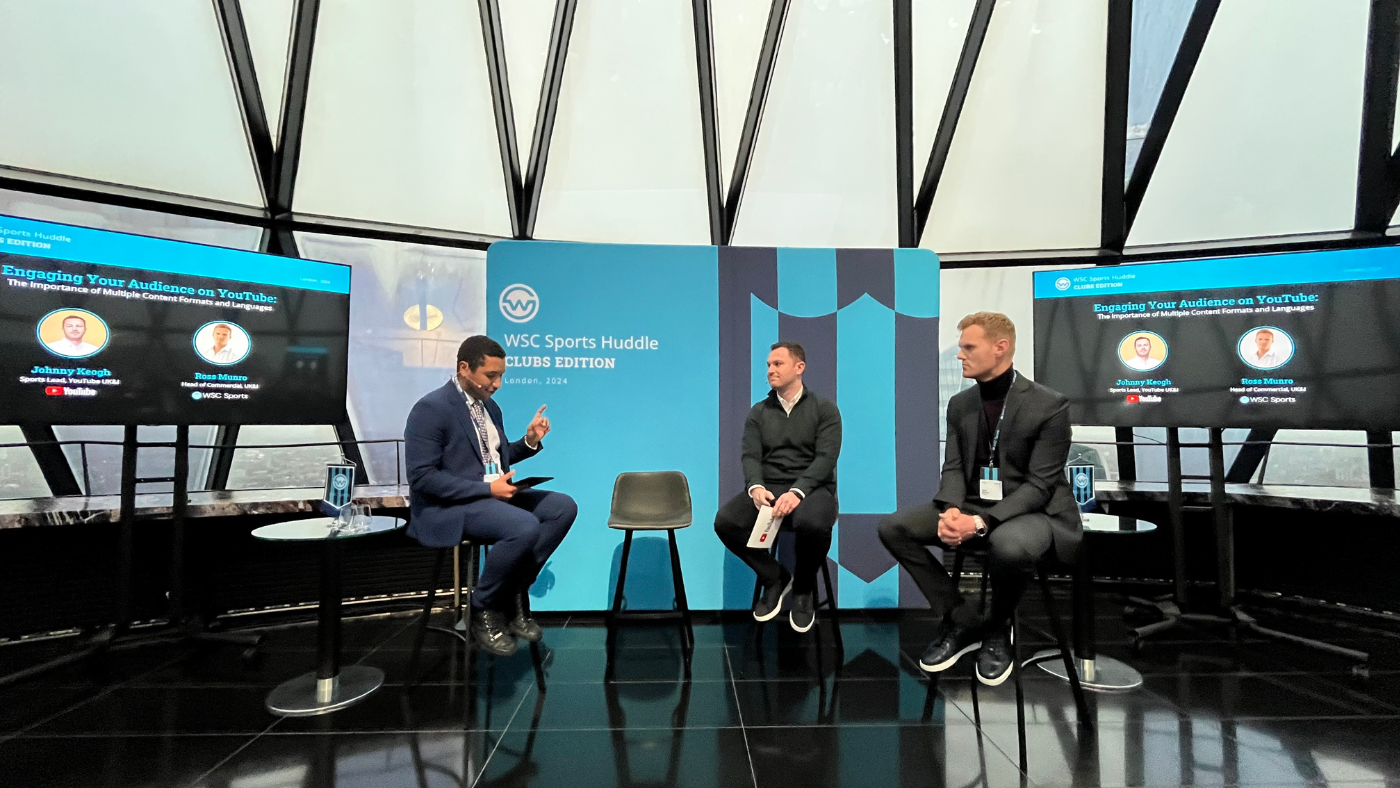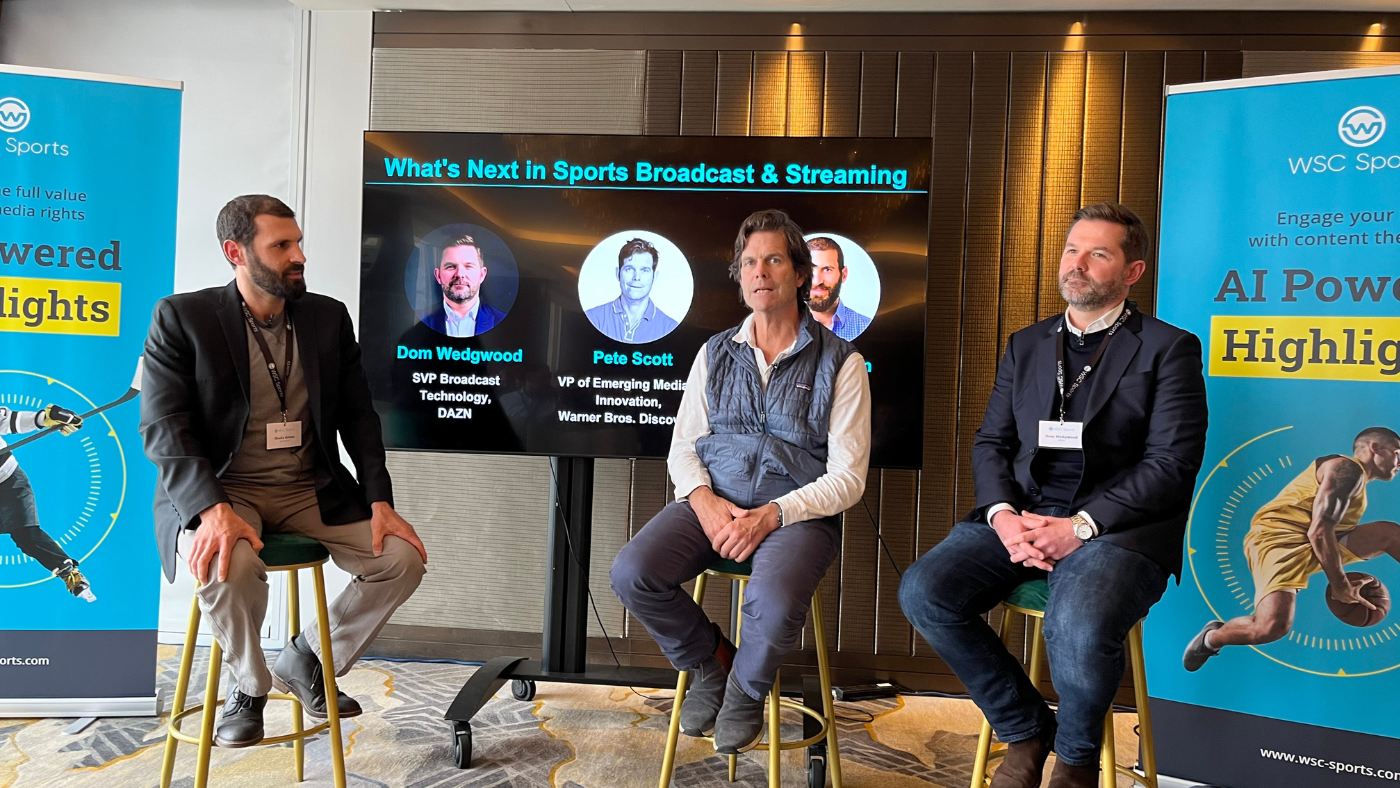In early January, WSC Sports kicked-off one of the first major sports meetups of the year focused on how clubs can maximize the use of their content. In an informative session with YouTube’s Sports Lead in the UK and Ireland, Jonny Keogh, the audience learned about sports fans’ behavior and the latest trends on the world’s most popular video-sharing website. Considering YouTube has over 2.7 billion monthly visitors from all over the world, it should come as no surprise that preferences when it comes to different content formats, languages, and types of programming are vastly different depending on the audience.
Different Fans, Different Content Formats
Key to developing a successful content strategy is understanding the audience you’re serving. For sports clubs, those audiences can range from new and casual fans, to season ticket holders who have followed the club closely for decades. To capture the attention of the first two audiences, short-form content might suffice, like YouTube Shorts and 2-minute-long highlight reels. Older audiences and more hardcore fans are likely more willing to consume longer, detailed content, like full recaps of live games and in-depth interviews.
An All Around Experience for Fans
Even the most dedicated sports fans who make it a point to sit down and watch full-length games will probably admit that at some point, they get distracted and find themselves browsing other content on their phones. In a study conducted by Ipsos, researchers found that 44% of viewers watch sports videos on YouTube while watching live sports on TV. Something for clubs to consider when they’re crafting content for their teams’ channels.
If Content is King, Localization is Queen
Another crucial element to make content resonate with fans is language. Everyone wants to consume content in their mother tongue which is essential, especially for clubs that have foreign players with large followings in their home countries. One of Keogh’s recommendations to the audience was that investing in localizing content in different languages is worth the extra effort. Formula One, for example, recognized that they have a bona fide superstar in Dutchman, Max Verstappen, so accordingly they’ve enabled users to select between four different languages, including Dutch, when watching race highlights. The results have been tremendous, with a huge uptick in engagement from F1 fans in the Netherlands, France, and Spain, who can now interact with those videos in their native language.
New Channels to Monetize Content
When asked about new products that could benefit sports rights holders, Keogh spoke about the surging popularity of pay-per-view. Especially for European football teams, parts of the season like preseason friendlies, or out-of-country tours and tournaments that might not be broadcast locally, offer clubs an opportunity to give fans access to matches. Crucially, pay-per-view also allows them to monetize on this opportunity as well. Even if matches are already broadcast on TV or OTT platforms, the pay-per-view option is just one more outlet that allows clubs to maximize the exposure of their content and turn it into new streams of revenue.
For more on the second annual London Huddle and strategies clubs can utilize to drive fan engagement check out these articles on our blog.



